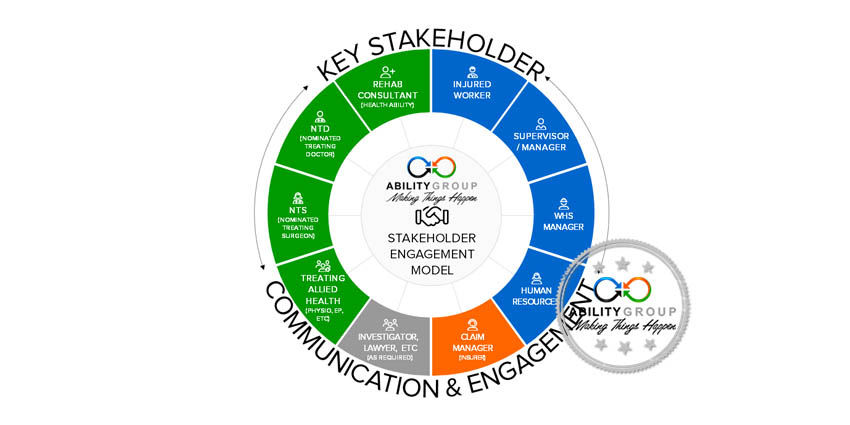
Claims & Stakeholder Management
Managing stakeholders in a workplace injury claim can be complex, but each plays a vital role in the employee’s return to work.
(more…)
Managing stakeholders in a workplace injury claim can be complex, but each plays a vital role in the employee’s return to work.
(more…)
The key changes include new eligibility criteria for mental injury claims, an additional requirement for receiving weekly payments beyond 130 weeks as well as other changes.
(more…)
An employer’s response to worker injuries plays a vital role in supporting recovery. Employers’ efforts can either positively or negatively impact return-to-work outcomes, including the time it takes for your worker to recover. Workplace injuries vary, requiring employers to tailor their response
(more…)
In the context of workers’ compensation, a pre-existing condition refers to a medical condition or injury that an employee had prior to their employment or that existed before a workplace incident occurred. These conditions can include chronic illnesses, prior injuries, or other health issues that the worker had before the workplace incident.
(more…)
In recent years, Australia has witnessed a concerning surge in workers’ compensation claims related to mental health issues. This trend highlights rising mental health awareness and the need for strong workplace support systems. We delve into the factors contributing to this rise and explore potential solutions to address rising mental health claims.
The increase in mental health-related workers’ compensation claims in Australia is multifaceted and can be attributed to several key factors:
To address rising mental health claims, implement strategies that prioritise employee well-being. Here are some potential solutions:
The rise in mental health-related compensation claims in Australia underscores the urgent need for proactive workplace support. Prioritizing awareness, supportive policies, and open culture can reduce risks and build resilient, healthy workplaces. Collaboration among employers, policymakers, and stakeholders is key to ensuring workforce well-being
Mental health or psychological workers compensation claims are typically 7-8 times more than physical injuries. They are often complex & if not actively managed, they can have substantial impacts to your business.
Need help with a psychological or mental health related claim, contact our team to discuss.
For further information, please refer:
Source: SafeWork
Title: Psychological health and safety in the workplace report
Read Time: 10+ minutes